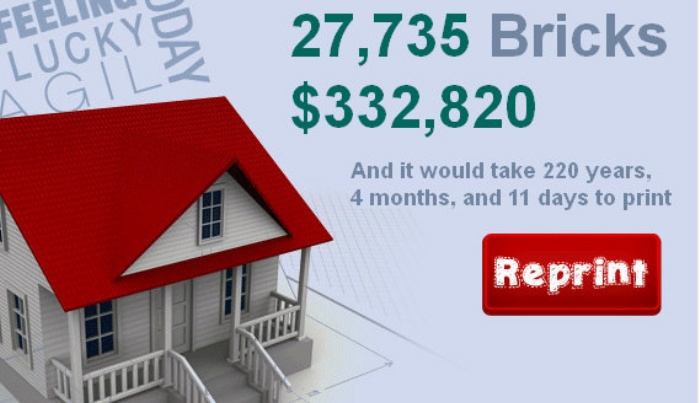We’ve seen Pokémon ported to a calculator and a Portal spinoff for monochrome TI-83 series calculators. Now there’s a Smash Bros. for calculators. Made by Omnimaga member Hayleia, Super Smash Bros. Open is a work in progress spinoff of Super Smash Bros. Melee.
Like the Portal spinoff, Hayleia made Super Smash Open for monochrome TI-83 series calculators. Right now the game is in its very early stages, though there’s already a two-player option, several stages and moving platforms. Hayleia probably won’t add any more characters besides Fox and Falco, preferring to have other fill out the roster or even make new ones. Hayleia also left the code unoptimized to allow other enthusiasts to tweak it.
Ready? Go! You can download Super Smash Bros. Open from TI-Planet, but I highly recommend reading Hayleia’s post on Omnimaga to find out more about the game.
[via Tiny Cartridge]






















